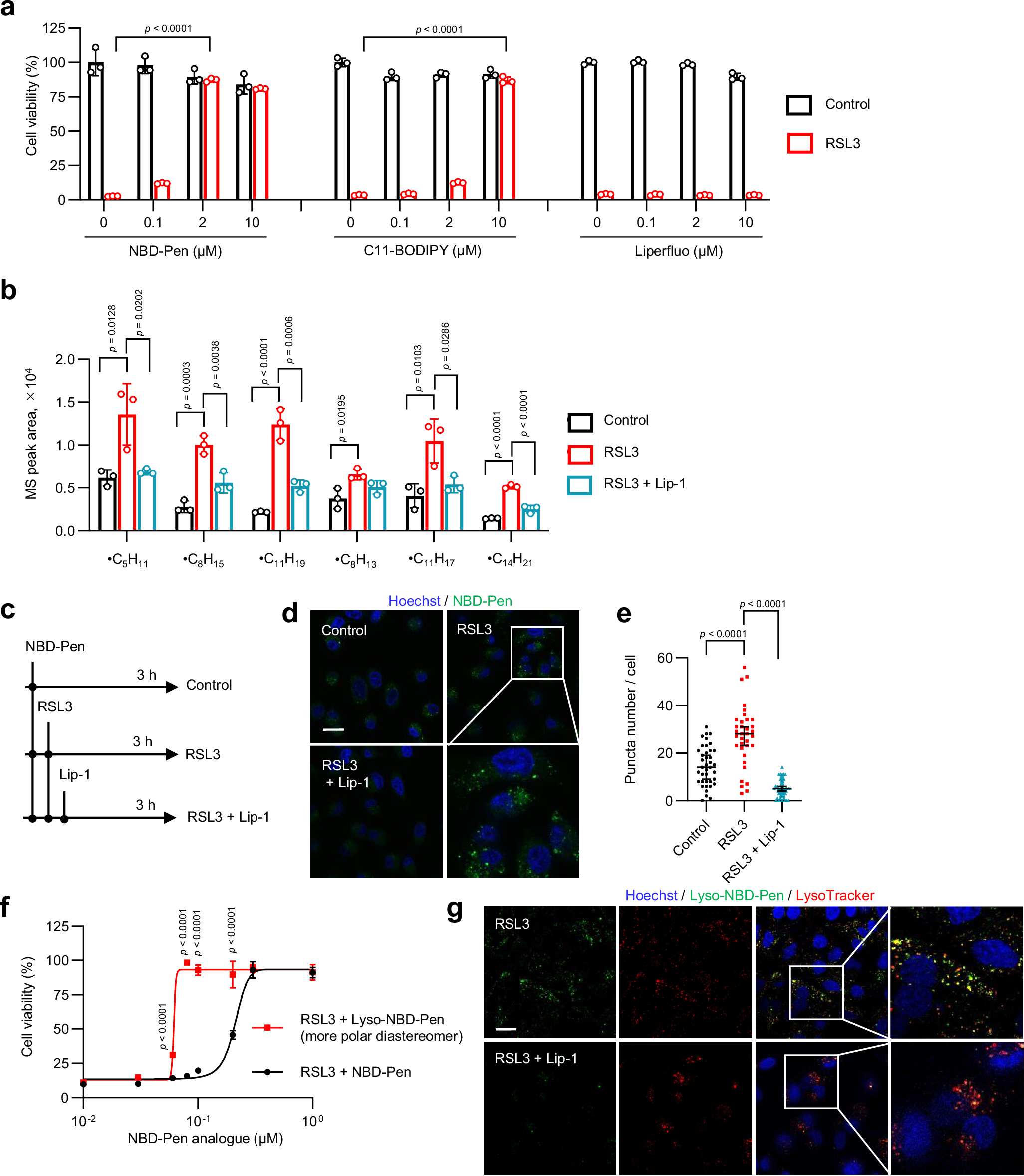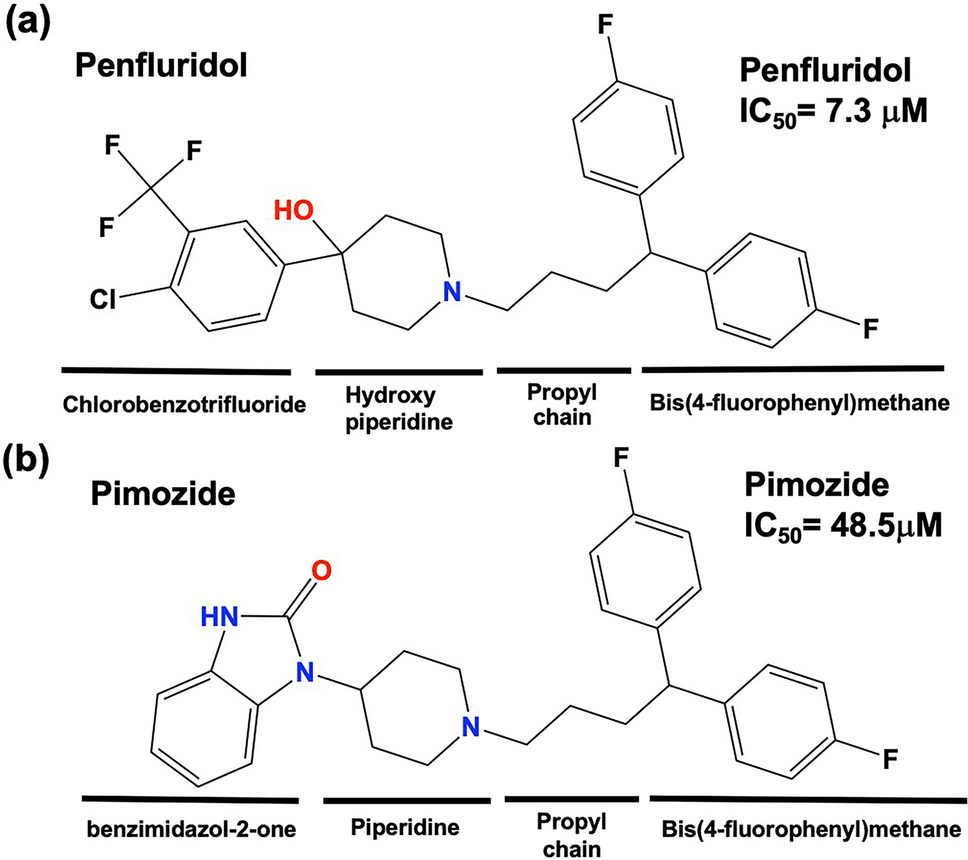2025-04-15 九州大学
<関連情報>
- https://www.kyushu-u.ac.jp/ja/researches/view/1246
- https://www.kyushu-u.ac.jp/f/61383/25_0415_02.pdf
- https://www.nature.com/articles/s41467-025-58909-w
ライソゾーム脂質過酸化は、ライソゾーム膜の透過化を介してフェロプトーシス誘導に寄与する Lysosomal lipid peroxidation contributes to ferroptosis induction via lysosomal membrane permeabilization
Yuma Saimoto,Daiki Kusakabe,Kazushi Morimoto,Yuta Matsuoka,Eisho Kozakura,Nao Kato,Kayoko Tsunematsu,Tomohiro Umeno,Tamiko Kiyotani,Shota Matsumoto,Mieko Tsuji,Tasuku Hirayama,Hideko Nagasawa,Koji Uchida,Satoru Karasawa,Mirinthorn Jutanom & Ken-ichi Yamada
Nature Communications Published:15 April 2025
DOI:https://doi.org/10.1038/s41467-025-58909-w

Abstract
Ferroptosis, a form of cell death instigated by iron-dependent lipid peroxidation reactions (LPO), is emerging as a promising therapeutic target for cancer. While the mechanisms governing LPO induction and suppression have gradually been unveiled, questions persist regarding the specific cellular location of LPO and the utilization of iron in driving cell death. A comprehensive understanding of these aspects holds significant potential for advancing therapeutic applications in disease management. Here, we show lysosomal LPO in the initiation of ferroptosis, leveraging the hidden abilities of fluorescent detection probes. Intra-lysosomal LPO triggers iron leakage, fostering cell-wide LPO by augmenting lysosomal membrane permeabilization (LMP). Conversely, cell lines with low susceptibility to ferroptosis do not exhibit LMP. This deficiency is rectified by the concurrent administration of chloroquine, leading to LMP induction and subsequent cell death. These findings underscore enhancing LMP induction efficacy as a strategic approach to surmount resistance to therapies in cancer.


